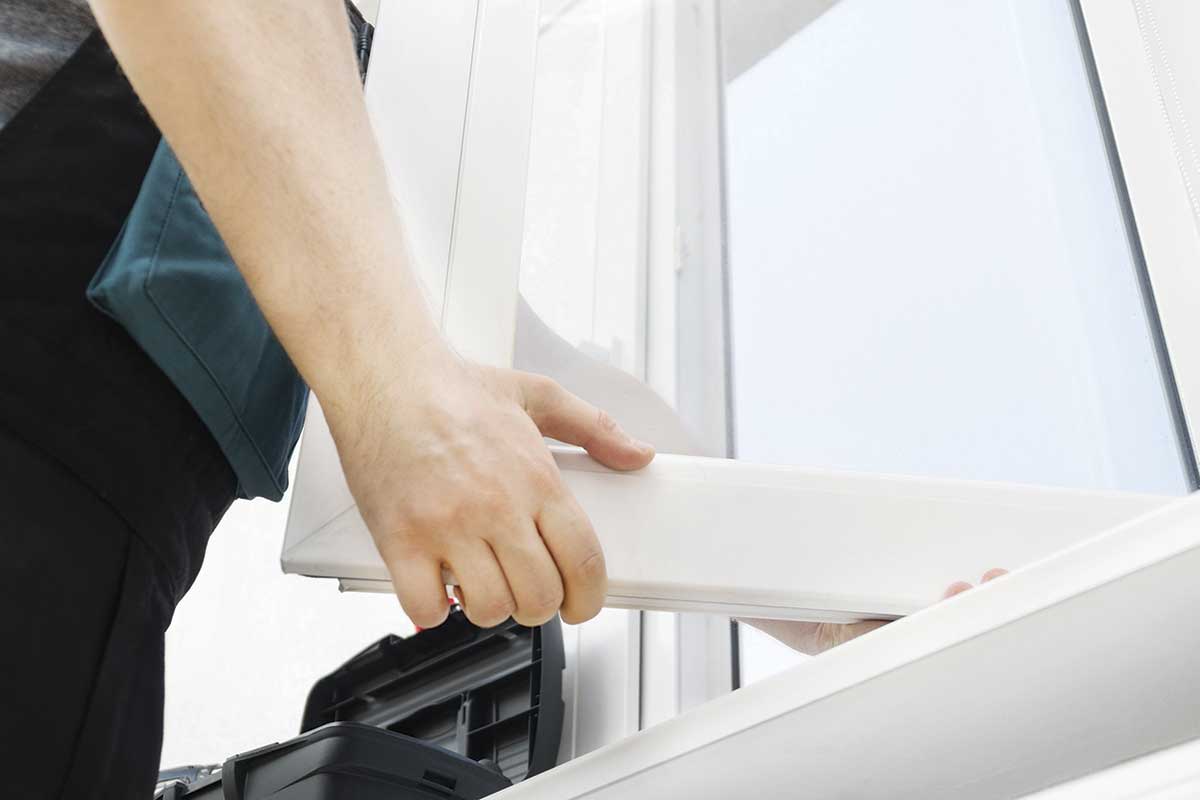Many products and services claim to be energy-efficient, so it can be challenging to know where to start when it comes to cutting back. Fortunately, monthly electric bills can help identify the areas most ripe for energy savings.
The months that require the most energy use for the vast majority of homes are in the winter and summer, when temperatures are most extreme. Just total up your average energy use for the months when you use the most energy, then subtract the average amount you use during months when you’re barely using your heating or cooling system, typically during fall and spring.
The main reason for the difference in energy use is heating and cooling your home. If someone says switching to a new heating or cooling system could save you 20%, they likely mean you can save 20% on heating or cooling costs, which are a portion of your overall energy costs.
Every home is different. For example, some homes have a well pump, swimming pool or a home business that requires more energy than heating or cooling. But typically, heaters and air conditioners are by far a home’s largest energy users.
Sealing air leaks is often the least expensive energy-saving measure that delivers the most bang for your buck. The second-most cost-effective way to cut heating and cooling costs depends on your situation.
If you have an older air conditioning system, replacing it with an energy-efficient heat pump might be your best investment. If you already have a relatively efficient AC unit, insulating your attic could be the next most cost-effective measure, followed by insulating exterior walls or your home’s crawl space.
Replacing windows might be a high-priority project for many homeowners, and new windows can certainly add value and beauty to your home. However, this can be a costly endeavor, making it difficult to justify solely based on potential energy savings. If your windows are old and leaky, it could be worth the investment. Do your research upfront so you fully understand the costs of the project and the potential long-term payback.
After you’ve found ways to reduce your heating and cooling costs, where else should you look for energy savings? Your next largest energy use is likely water heating. Over time water heaters can become less efficient, with buildup of mineral deposits and other impurities from the water. Follow the manufacturer’s guidelines for maintenance and cleaning.
Appliances and lighting account for a much smaller portion of your energy use. As you replace older appliances and lighting, look for options that include the Energy Star logo. You should also review energy use information found on the EnergyGuide label.


